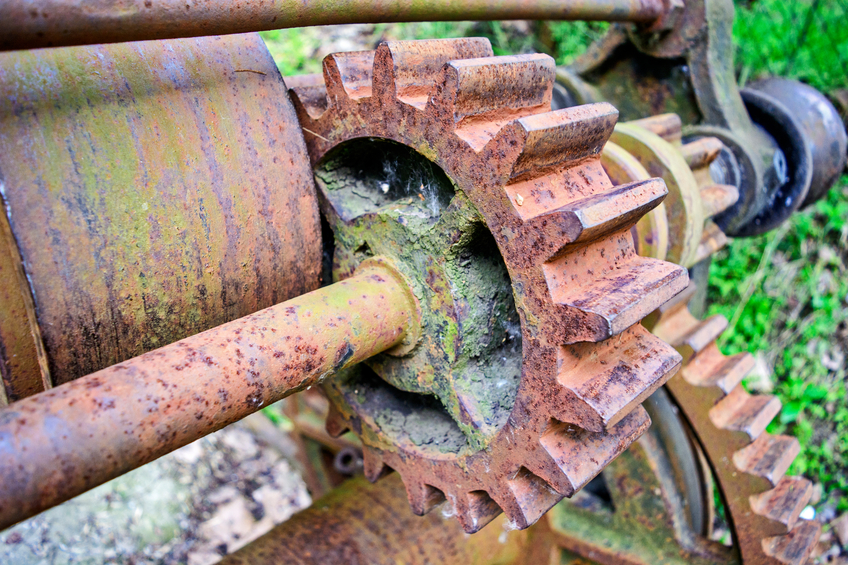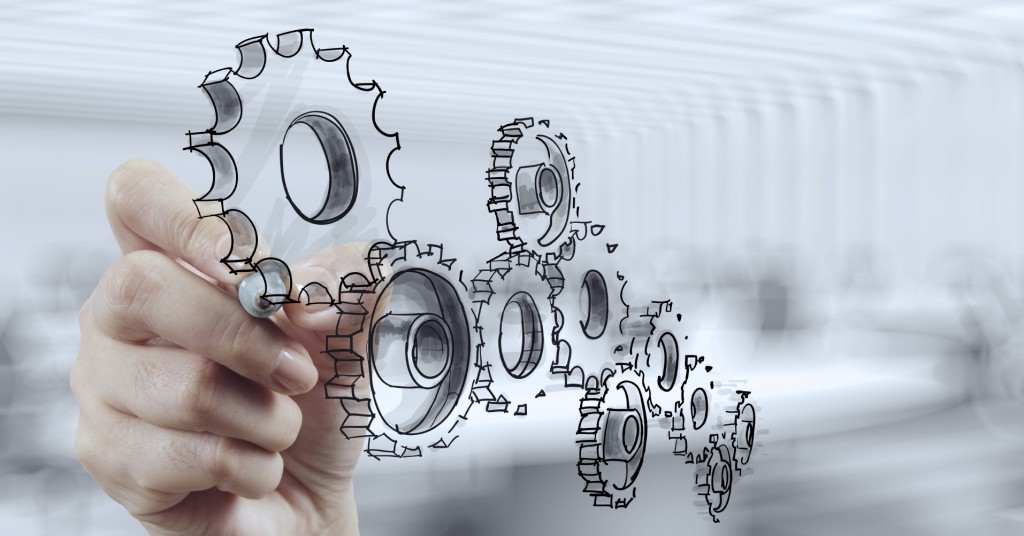The gearbox, also known as the transmission, is one of the most important parts of any vehicle; it is responsible for distributing power from the engine to the wheels in various conditions, such as on flat roads and hills.
But how does it work? It’s important to understand how the transmission works, just in case you have an issue that you need to fix as soon as possible.
The Fundamentals
The idea behind the gearbox is that it takes the power produced in the engine via an input shaft and transmits this power to the output shaft, which is then connected to the wheel axles. However, the input and output shafts aren’t connected physically; they are connected via a series of gears and an additional shaft known as the countershaft.
The countershaft has a variety of gears that are of different sizes which are responsible for distributing the power from the engine to the rest of the vehicle. There are also various devices that operate on the input and output shafts to ensure they are rotating at the optimum speed and don’t cause any loss of power.
Understanding the Gears
The gears within the transmission are vital for making sure the correct amount of power is being fed into the wheels of the vehicle. To do this, the gears within the transmission are of different sizes; this is important, as the ratio of the gears that are situated on the countershaft and the output shaft dictates the speed ratio that is fed to the output shaft.
The key relationship is that the number of teeth on a gear is inversely proportional to the speed of the gear, so a gear with lots of teeth will rotate at a slower speed than a gear with lots of teeth.
So, if the transmission is in first gear, the gear on the counter shaft is smaller than the gear on the output shaft, meaning the output gear will rotate at a low speed; therefore, the vehicle will travel at a low speed.
What Else Are Gears Responsible For?
Gears don’t just govern how quickly a vehicle can travel; they are also responsible for increasing the amount of force that is transmitted to the wheels and changing the direction of the vehicle.
If the power is constant when driving, the torque is inversely proportional to the speed of the gears, meaning that lower speeds are great for moving large vehicles up hills, whereas higher speeds result in lower torque. However, low torque isn’t an issue when travelling at high speeds, for example, on a motorway.

The gears within the transmission can also be used to change the direction that the output shaft rotates; for example, when you put a vehicle into reverse gear. To do this, the transmission requires an additional gear, known as the idle gear, which is connected to the gears on the counter shaft.
When the reverse gear is engaged, the idle gear slots into place and rotates the gears on the output shaft in the opposite direction.
The transmission is extremely important to the function of any vehicle, so it’s important to make sure that it is taken care of as much as possible. However, if you have noticed any issues with your gearbox, then there are a few things that you can do.
At CWS 4×4, we can provide you with 4×4 gearboxes, specifically for your Land Rover Discovery or Defender, so if you need a brand-new gearbox, we are more than happy to help. Just give us a call today on 01458 834930 and we will be more than happy to help.



